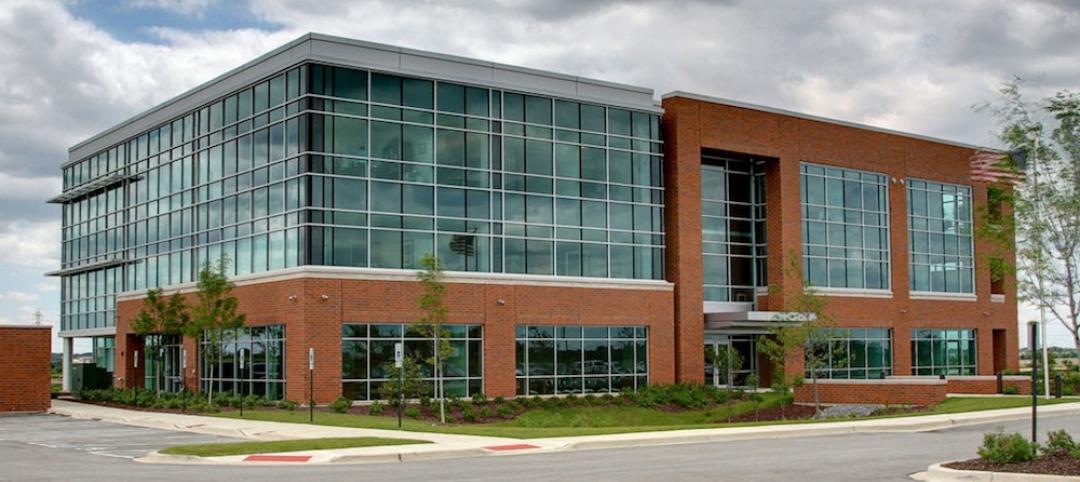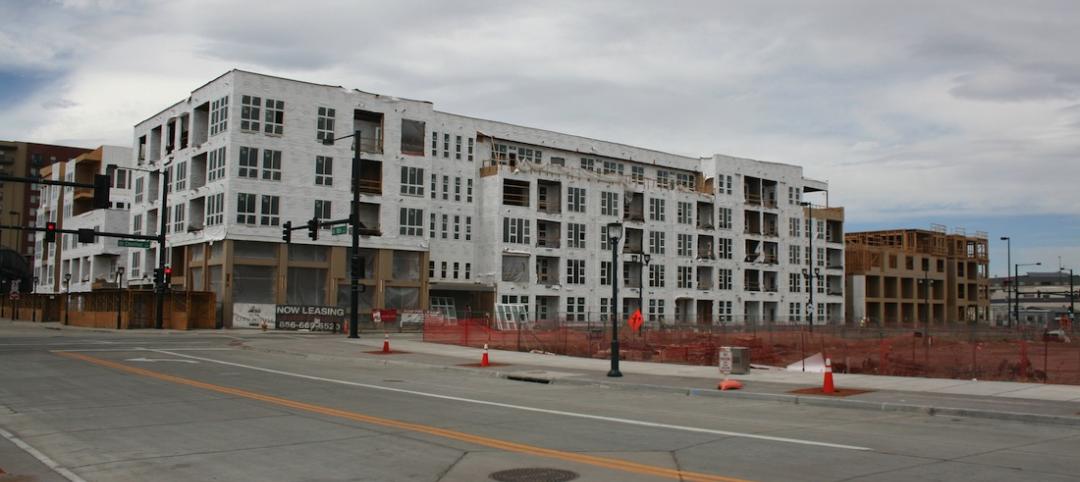Fannie Mae’s new report on energy usage in the multifamily sector found that affordable properties use 28% less energy per unit and are 29% smaller than market-rate properties. Market-rate units incur higher energy cost and use per square foot because there are more units per 1,000 square feet among affordable properties—1.29 affordable units, versus 0.91 market rate units per 1,000 sf.
The report, “Transforming Multifamily Housing: Fannie Mae’s Green Initiative and Energy Star for Multifamily,” provides comprehensive multifamily energy and water data. The first of its kind report serves as the basis for the EPA’s Energy Star Score for multifamily structures.
Costs differentials on energy use can be very steep for multifamily properties. The least efficient property could spend as much as $165,000 more in annual energy costs than a similar property operating at peak efficiently. When owners paid for all energy costs, median annual energy use was 26% higher than when tenants were responsible for paying energy costs.
In a related development, the EPA made its Energy Star score available for the multifamily sector on September 16. According to Fannie Mae, the score will enable owners and operators of multifamily properties with 20 or more units to quantify the energy performance of their properties.
(http://www.multihousingnews.com/news/fannie-mae-releases-major-study-on-multifamily-energy-use)
Related Stories
Green | Jan 29, 2016
USGBC names top 10 states for LEED green building
Illinois leads the list for the third straight year.
Codes and Standards | Jan 25, 2016
Dept. of Energy releases decision guides for plug and process loads
Plug and process loads consume about 30% of the primary energy in U.S. commercial buildings today.
Codes and Standards | Jan 22, 2016
ConsensusDocs releases new multi-party IPD agreement and joining agreement
The documents serve as a comprehensive revision of previous IPD agreement
Codes and Standards | Jan 22, 2016
State Savings Calculator analyzes savings associated with energy codes
The calculator breaks down the cost-effectiveness of energy codes on a state-by-state basis.
Codes and Standards | Jan 22, 2016
Metal Roofing Seaming Guide published by Metal Construction Association
The free document is specifically tailored for metal roof installation.
Codes and Standards | Jan 22, 2016
Treasury Dept. will start crackdown on illicit money in luxury real estate
The move is expected to impact high-end condo development.
Resiliency | Jan 13, 2016
LEED credits on resiliency expected to influence future of building design
Post-disaster survivability is a key goal.
Codes and Standards | Jan 12, 2016
Batteries are the next step in raising sustainability standards
Battery technology will reduce electricity costs and promote a more stable, flexible grid.
Codes and Standards | Jan 4, 2016
Denver broadens its use of design reviews as construction booms
Support strong, but some wary of giving more say to review boards.
Codes and Standards | Dec 23, 2015
International Code Council approves updates based on NIST study of Joplin, Mo. tornado
Applies to schools and other high occupancy buildings.

















